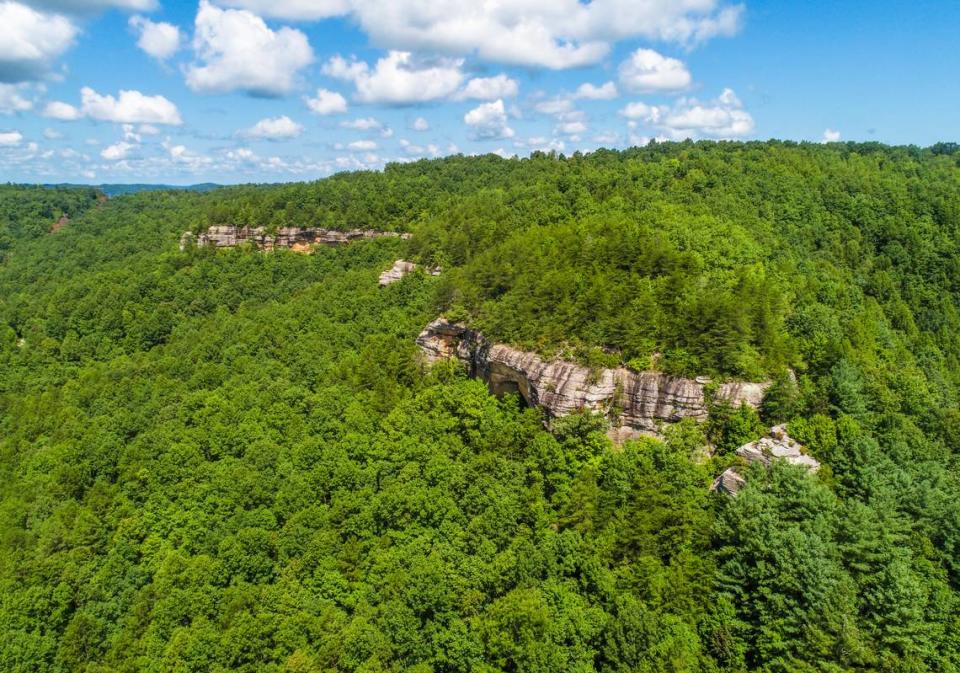Conservation group helps add key piece of land to federal park in Kentucky
A conservation organization has helped add a small but important piece to the Big South Fork National River and Recreation Area in Southern Kentucky.
The 460-acre tract was one of the largest remaining pieces of privately-held land, called an inholding, within the recreation area, which covers 125,00 acres in Kentucky and Tennessee.
The National Park Service, which administers the Big South Fork, had wanted the land for years but didn’t immediately have the money when the owner decided to sell, according to The Nature Conservancy.
The group bought the land and held it until the park service got money through the federal Land and Water Conservation Fund, according to a news release.
The park service paid The Nature Conservancy $370,000 for the land, according to the organization.
The Nature Conservancy (TNC) announced the deal Tuesday.
Niki Stephanie Nicholas, superintendent of the park, said the land was significant because it was the biggest piece of land on the river inside the park that was still in private hands before the sale.
“It’s extremely important because it protects the river,” Nicholas said.
The transfer will protect the land permanently, she said.
“What you see, your great-grandchildren will see the same view,” Nicholas said.
The purchase was TNC’s first transaction in Kentucky with the National Park Service, according to Dian Osborne, director of protection for TNC in Kentucky.
The land is at the northwest end of the park, in McCreary County.
Adding the land will allow the park service to provide more recreation opportunities, the TNC news release said.

“This inholding was a large hole in the park’s land, and NPS ownership will make management more efficient and effective and provide better opportunities for hiking, paddling, camping, hunting, fishing, and enjoying the outdoors,” Osborne said in the release.
The national river and recreation area protects the Big South Fork of the Cumberland River and tributaries, an environment that provides habitat for more than 80 plant and animal species considered threatened or endangered.
The Nature Conservancy has designated the area as one of the most important habitats in the world, according to the park service.
The park includes deep, scenic gorges, sandstone cliffs, rock arches and the state’s highest waterfall.
In addition to its ecological value, the park is important in the regional tourism economy, offering horse trails; camping; nearly 200 miles of hiking trails; mountain biking; fishing; and displays on the coal-mining history of McCreary County.
The park was closed for a month last year during the coronavirus pandemic, but visitation still increased as people looked to get outdoors, Nicholas said.
The 2020 visitation figure was 772,625, up from 750,494 in 2019, she said.
The Nature Conservancy owns about 6,500 acres in Kentucky and manages a 253,000-acre protected area in southeastern Kentucky, Virginia and West Virginia.

